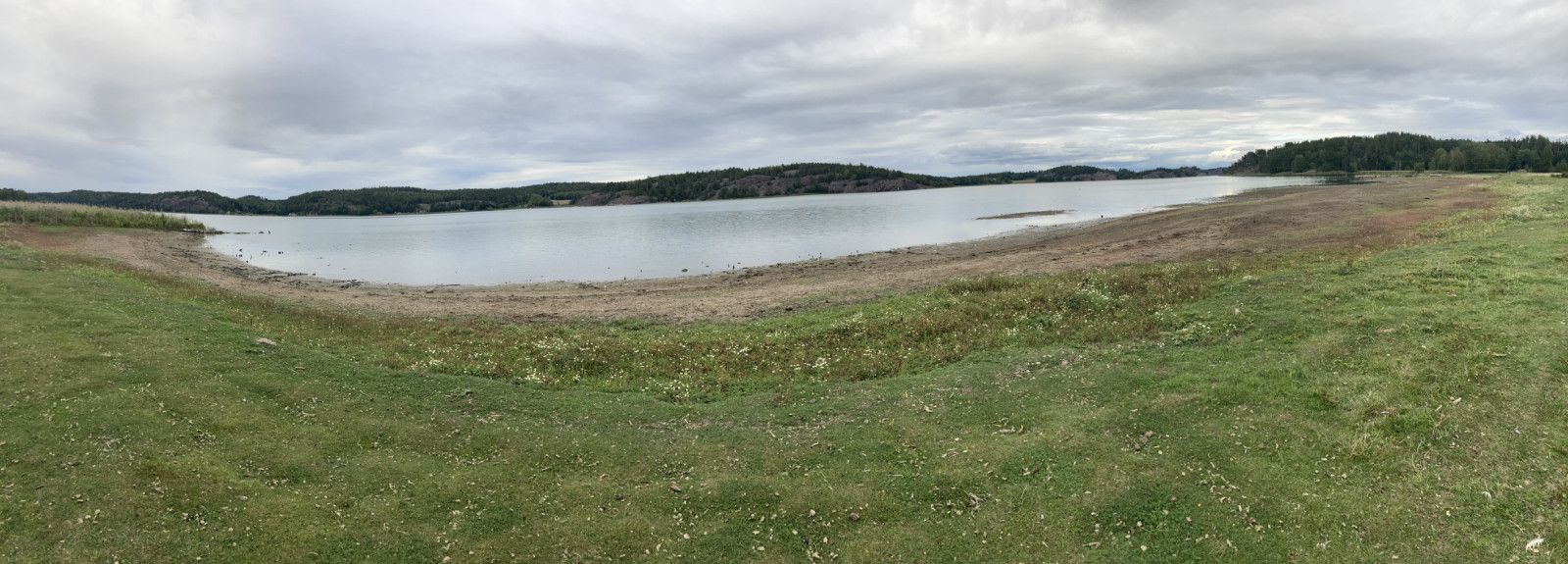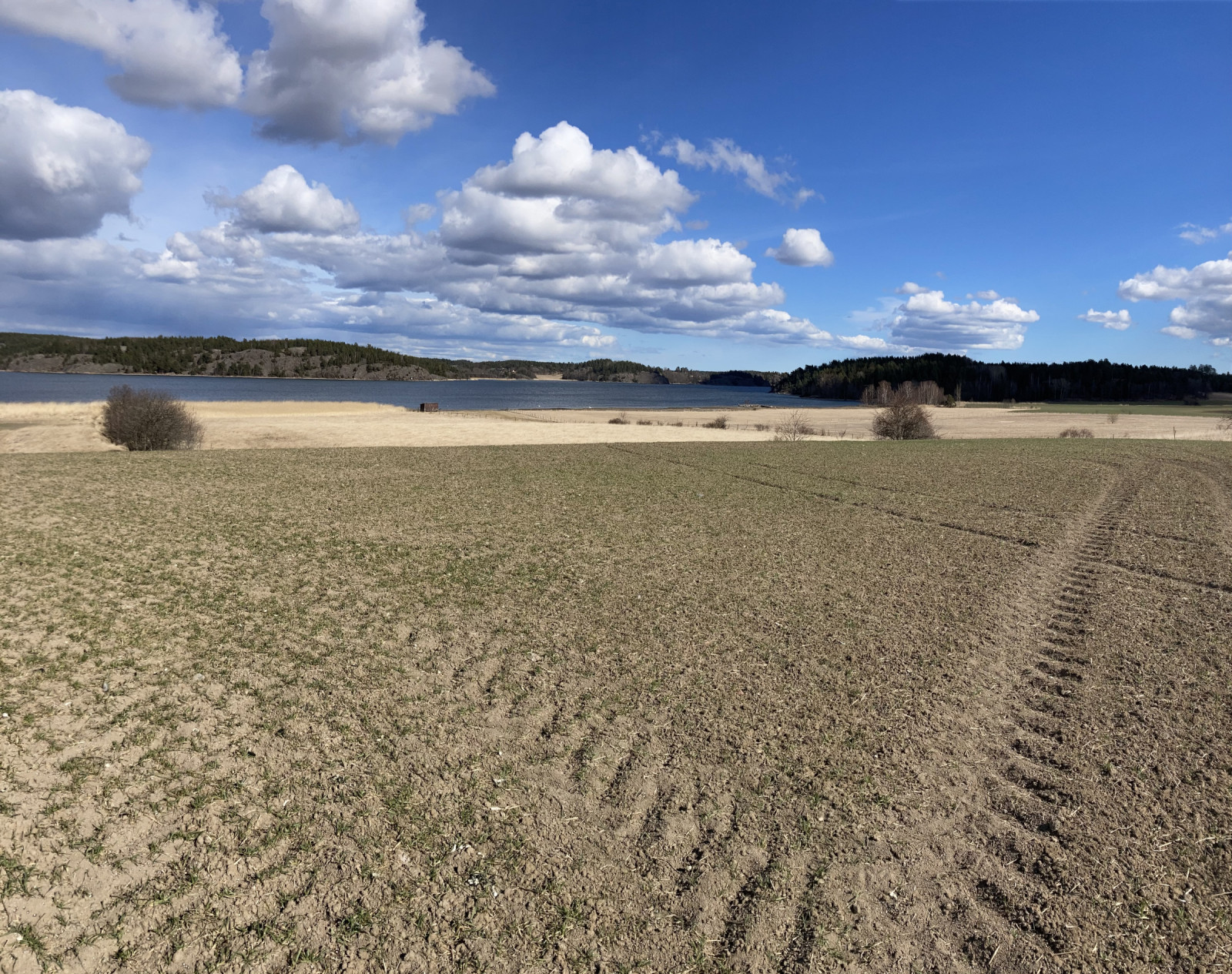Description
The birds start to arrive at Killingholmen in February when the ice starts to loose its grip on the coastal waters. Then ducks start to rest in the shallow parts of the bay; Kontyos réce (at most 100) and around 1000 Nagy bukó can be found. Also the rarer winter ducks like Csörgo réce, Barátréce, Kis bukó, Hegyi réce and Örvös bukó. A few hundred geese and around 100 Énekes hattyú feed on the areas fields and coastal meadows around march. In March the other early spring birds also arrive; Mezei pacsirta, Örvös galamb, Seregély and Bíbic. In spring you can find Barkóscinege in the reed beds.
Year round Karvaly, Rétisas and Egerészölyv are the common predatory birds. But Szirti sas, Kékes rétihéja and Vörös kánya pass by the area. Most common passerine birds arrive in March/April. Slätbaken is a stopping point for passerine birds, which makes it common to find uncommonly early Erdei pacsirta and Léprigó.
From late February and in March the owls in the area can be heard calling. Macskabagoly Törpekuvik and Uhu are sometimes heard. In March more geese start to arrive and not only the common Kanadai lúd and Nyári lúd. Also Nagy lilik (at most 67) and Apácalúd (at most 100). Vetési lúd, Tundrai vetési lúd and rövidcsőrű lúd are sometimes found. Also Kis hattyú has been observed.
On the coastal meadows large amounts of passerine bird start to rest in the end of March and in April. Réti pityer, barázdabillegető, Kenderike are the most common. Among these parti pityer is regularly seen. In the large grassy areas Réti fülesbagoly can be found. On the coastal meadows billegetőcankó, Erdei cankó, Piroslábú cankó, Fütyülő réce, Kendermagos réce, Kanalas réce, Réti cankó, Aranylile, Sárszalonka and Búbos vöcsök. Most common dabbling ducks are found but only Csörgo réce is numerous (at most 70). At the Torpa damm Böjti réce and Nyílfarkú réce have been seen, along with smaller amounts of other ducks.
In april large amounts of thrushes move past the fields and coastal meadows. Hundreds of Énekes rigó, szőlőrigó, fenyőrigó and Léprigó are seen. In the end of May and April most birds disappear, except for the breeders.
In May the latest passerine birds, and night active birds arrive. On the fields Hamvas rétihéja, Vándorsólyom and Haris are found. heringsirály sometimes rest on the coastal meadows in May. Karmazsinpirók often sings here. On the meadows Apácalúd, Nyári lúd, Kanadai lúd, Kendermagos réce, Piroslábú cankó, Bíbic, Búbos vöcsök, Kontyos réce, Kerceréce and Szárcsa breed. In the area Kis fakopáncs, Tövisszúró gébics, Csörgo réce and Énekes hattyú breed. At Storåns river mouth you can observe Jégmadár.
During autumn Hov strandängar becomes better for birding. From July the area is a good site for wading birds such as Bíbic, Nagy póling, Parti lile, Kis lile, billegetőcankó, Sárszalonka, Aranylile, Szürke cankó, Piroslábú cankó, Pajzsoscankó, Réti cankó and Erdei cankó. These are all common, while Apró partfutó, Havasi partfutó, Kis póling, Temminck-partfutó and Sarlós partfutó are more rare.
Other wetland birds are often found. Among the rarer birds Jégmadár, Lócsér, Kékbegy and Nagy kócsag can be noted. Large amounts of gulls, geese and terns can be found, especially Nyári lúd which some years have been found as numerous as 3000.
Large amounts of passerine birds are found in the meadow areas. The most numerous passerine birds are tengelic (250 at most), Füsti fecske (500 at most), rozsdás csuk, Hantmadár, Seregély (600 at most). Later in autumn Kis vöcsök, Kis sárszalonka, sárgacsőrű kenderike, Füles vöcsök, Kis bukó and Hegyi réce are sometimes found.
Details
Access
Inre Slätbaken is located east of the town of Söderköping. Parking can be found around Hov and several other places. Click on a P in the map for directions to a parking spot.





